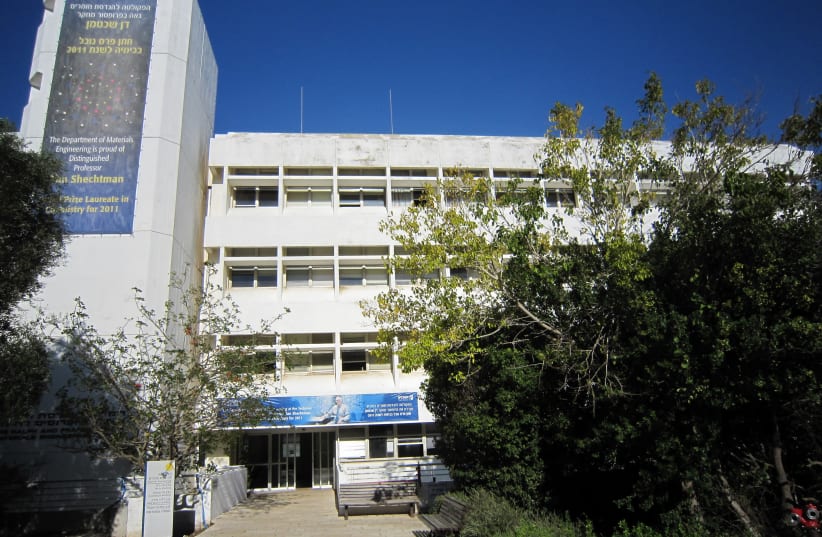Optical components are vital to microscopy, telescopy, medical imaging, fiber optics, lasers, and more. Despite their importance, they are typically complex and costly to produce.
Orange-Kedem and Shechtman developed a novel process of manufacturing these elements – using a 3D printer instead of requiring a cleanroom. This method makes optical components faster and cheaper to create.
To achieve this, the scientists immersed the optical component in liquid: a mix of water and glycerol – a cheap substance widely used in many industries, including as a food additive.Light moves at different speeds through different substances. For example, it slows down when passing through water or glass. This difference in speed is called the material’s refractive index. The refractive index of the liquid the scientists used is very close to that of their optical component.
The simplicity of the newly discovered process also allows for the production of more complex components that were near impossible to make using traditional methods. This accomplishment puts a better and more accessible tool into the hands of scientists and industries across various fields.
